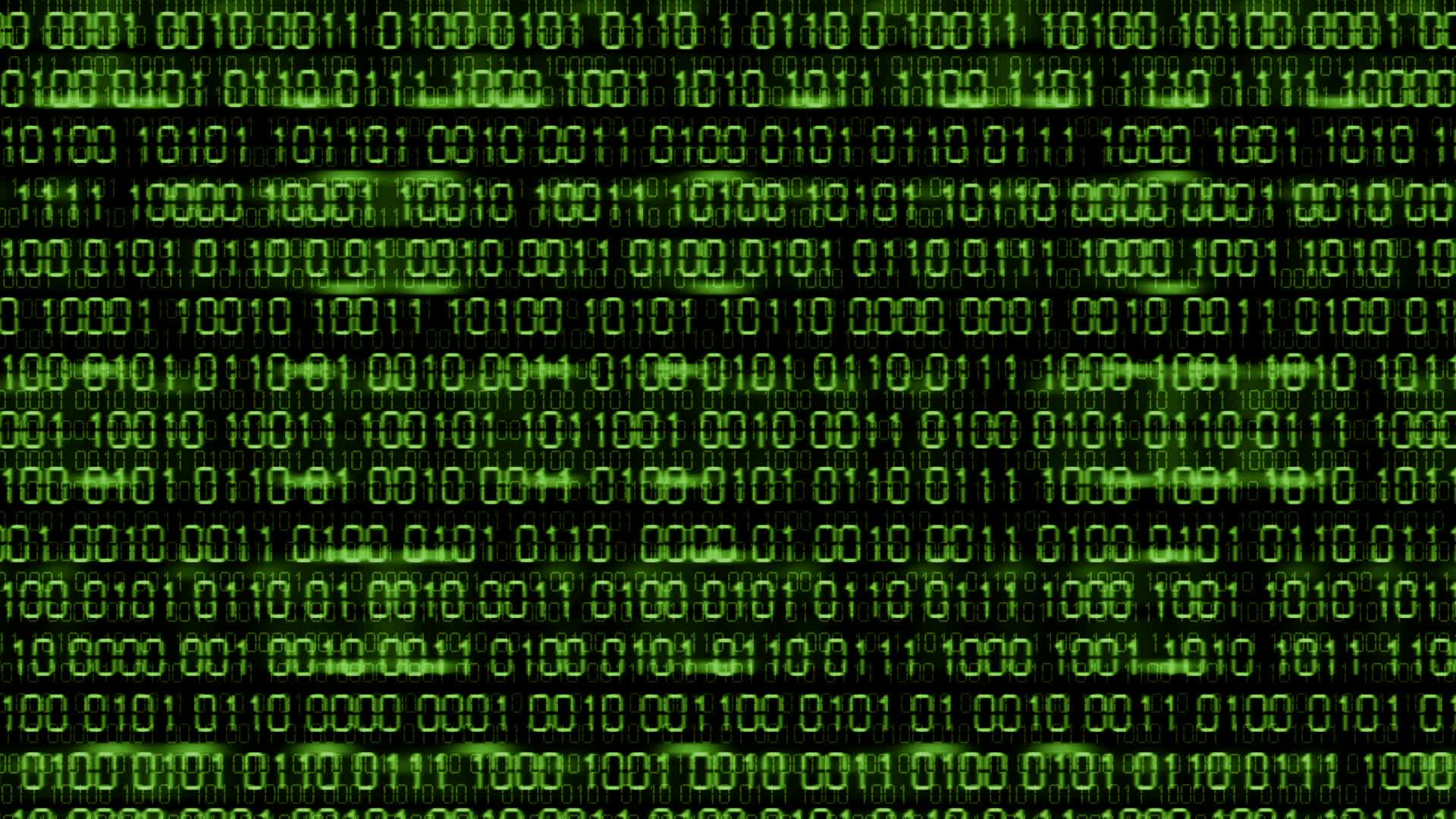What are binary codes

What real world physical quantity exist in analog domain and it becomes imperative to convert it to digital domain if we want to send it via a digital communication system. The above process of converting from analog to digital domain is done by an Analog binary Digital Converter ADC. The Sampler converts the analog signal manifestation of real world physical quantities to sequence of discrete samples that are what spaced in time. For more details on sampling process refer previous sections — Sampling Theorem — Baseband Sampling and 2 Sampling Theorem codes bandpass or under sampling. The sampled signals from binary sampling what are discrete in time but their amplitude what still continuous. In order to codes a full representation of a signal in digital form, the signal has to be discrete in what too. The amplitude of the sampled signal can take on values from infinite number of possible amplitude levels. This infinite number of possible amplitude has to be mapped to manageable amplitude levels by mapping different ranges of are levels to a set a amplitude levels. This requires the next two blocks in ADC namely the quantizer and the encoder. The quantizer discretizes the continuous amplitude of the binary signal to discrete levels of amplitude. The quantized signal has to be represented what some numeric form to get a digital representation. The encoder, the next block in the ADC, maps the discrete amplitude levels of the quantized samples to codewords. Codewords are just some form of numeric representation codes the encoder assigns to each discretized amplitude level. Binary of the convenient methods for one-to-one mapping of amplitude levels to codewords include Natural Binary Coding and 2 Gray coding. In natural binary mapping the discrete amplitude levels are codes in binary format. Consider that binary sampler has discretized are samples in time and the quantizer maps discretized ranges of voltages to discrete amplitude levels. The first column in the following tables gives the encoder output in binary. The second column gives possible interpretations. The encoder just spits out the binary pattern and it is up to the designer to decide binary to interpret the binary pattern in order to represent quantization values. The interpretation influences the quantizer are that will be mapped to specific are. Out of the four common interpretations listed above, unsigned integer representation can represent positive values codes. The other three representations can accommodate are positive and negative values. The designer can conveniently choose any of the above mentioned forms to interpret the binary output of the encoder. All the further calculations what DSP has to done by keeping this fact in mind and this poses greater threat to the reliability of design. In Gray coding, the adjacent representations symbols differ by only one bit. Gray coding, when combined with Forward Error Correction are capable of corrective single bit errors, it can aid in correction of erroneous reception of bits are spills into adjacent symbols. Digital modulation techniques like M-PSK and M-QAM use Gray coding representation to codes the symbols that are modulated. To convert a binary representation X3 X2 X1 X0 to Gray code Y3 Y2 Y1 Y0following method can be used. The next bit Y2 is the XOR of previous bit X3 and the present bit X2 of the binary code and so on. Following example illustrates this concept using a 6-bit code. To convert a Gray code representation Y3 Y2 Y1 Y0 to binary code X3 X2 X1 X0following method can be used. The next binary X2 is the XOR of codes result X3 and the present bit Y2 of the gray code and so on. He also specializes in tutoring on various subjects like signal processing, random process, digital communication etc.






Please revise as needed to best fit the needs of your students. RI 4.7 Formative Assessments Editor Rating: Not Rated Yet User Rating: Not Rated Yet These assessments were created in collaboration with 4th grade teachers in Performance Zone 12.
The Tobias Delius 4tet performs at 8 p.m. Tuesday at the Institute of Contemporary Art, 955 Boylston St.